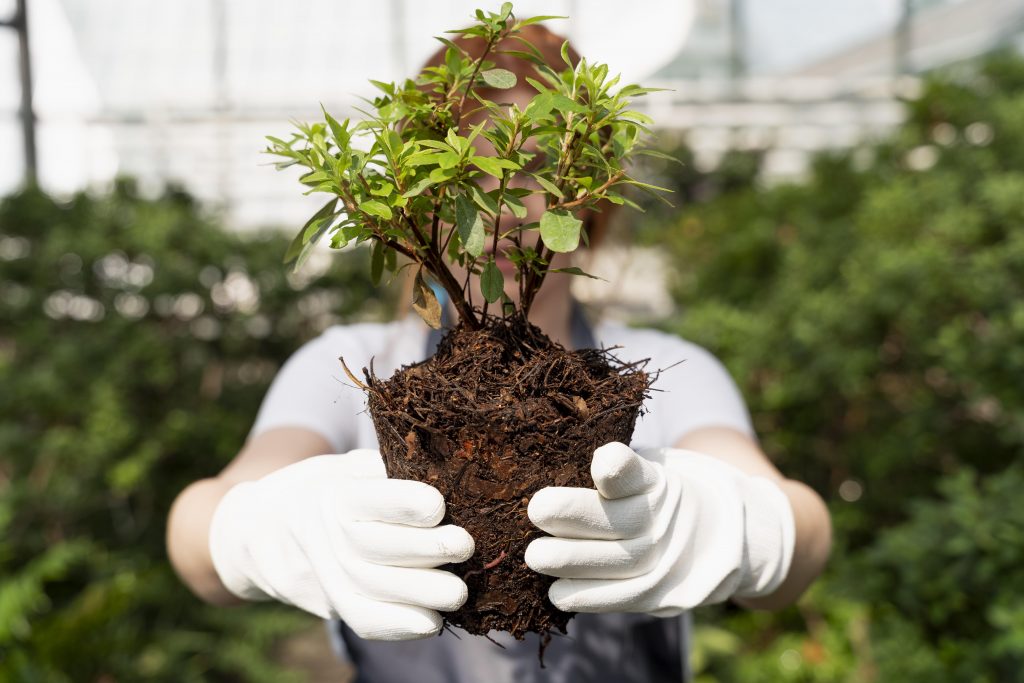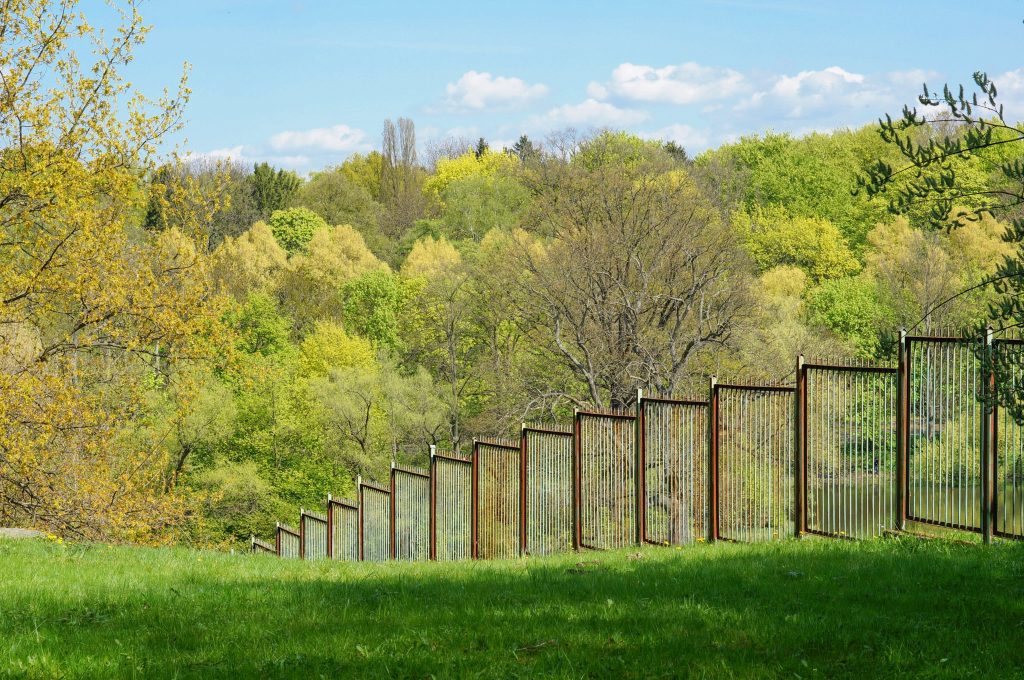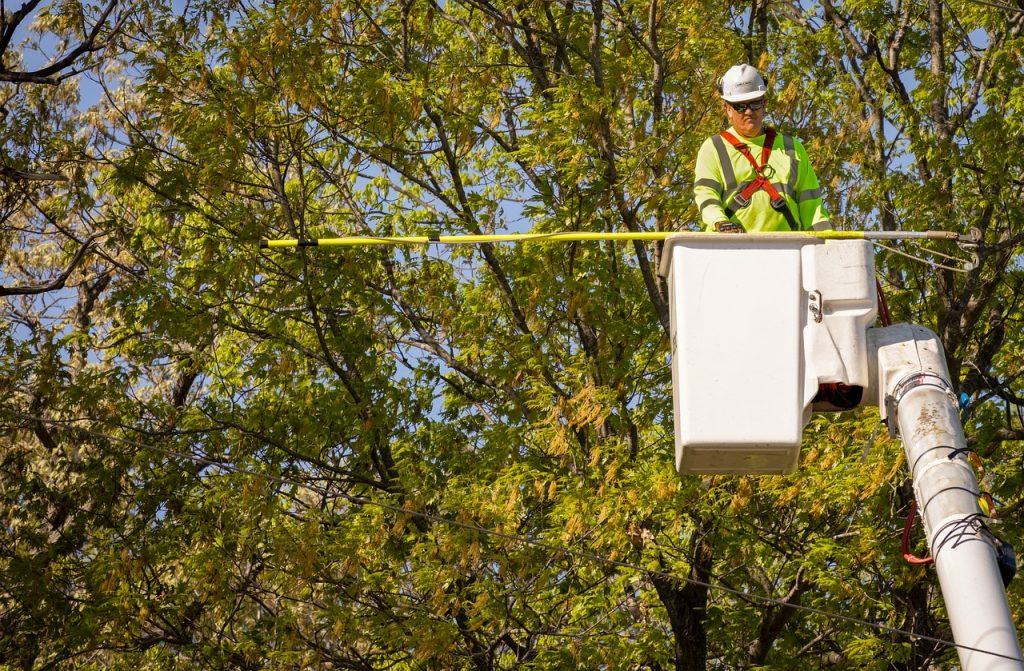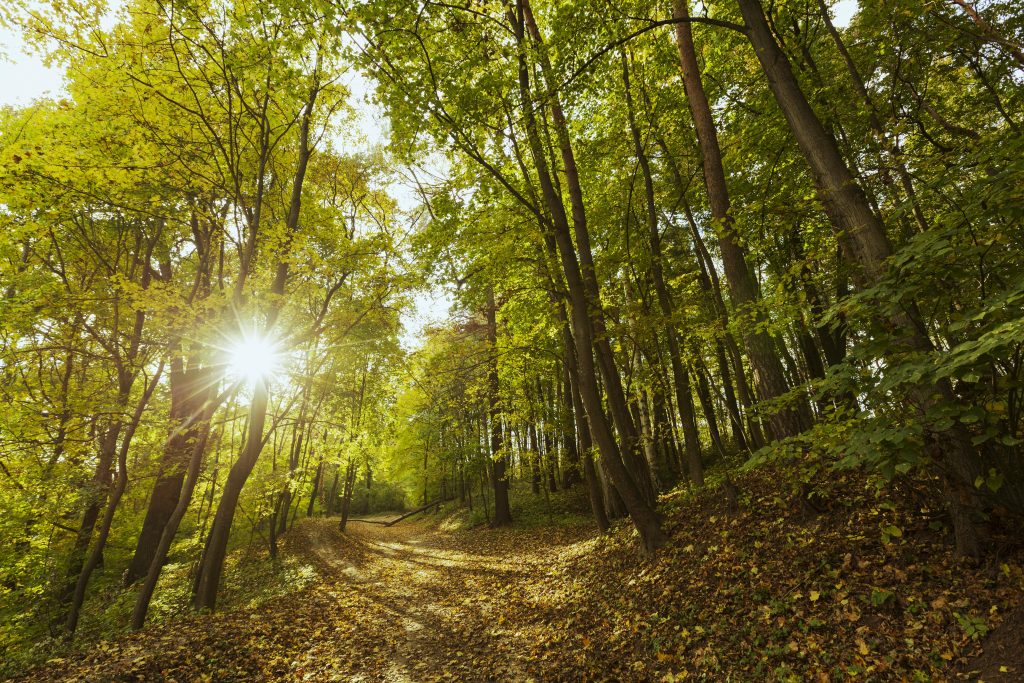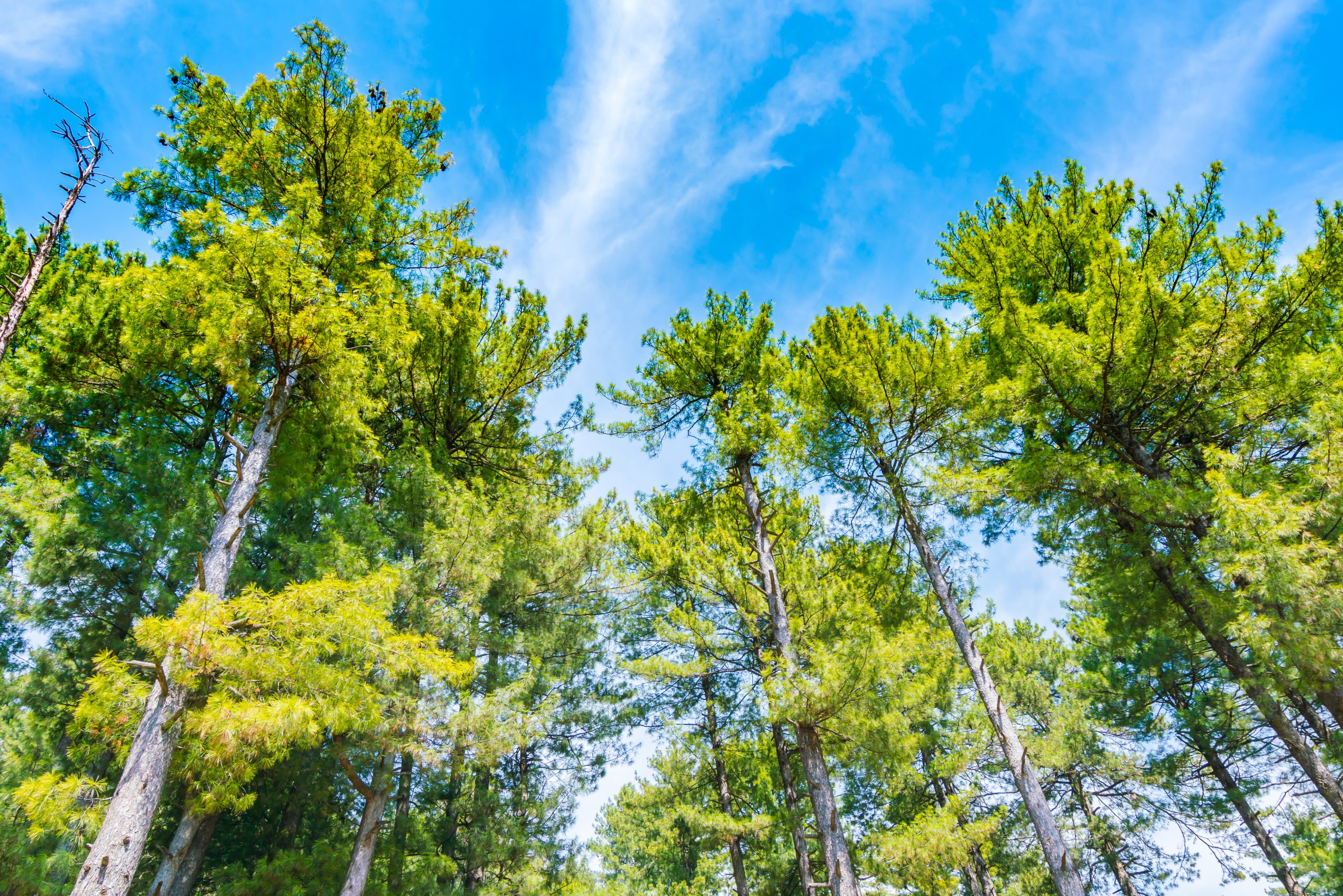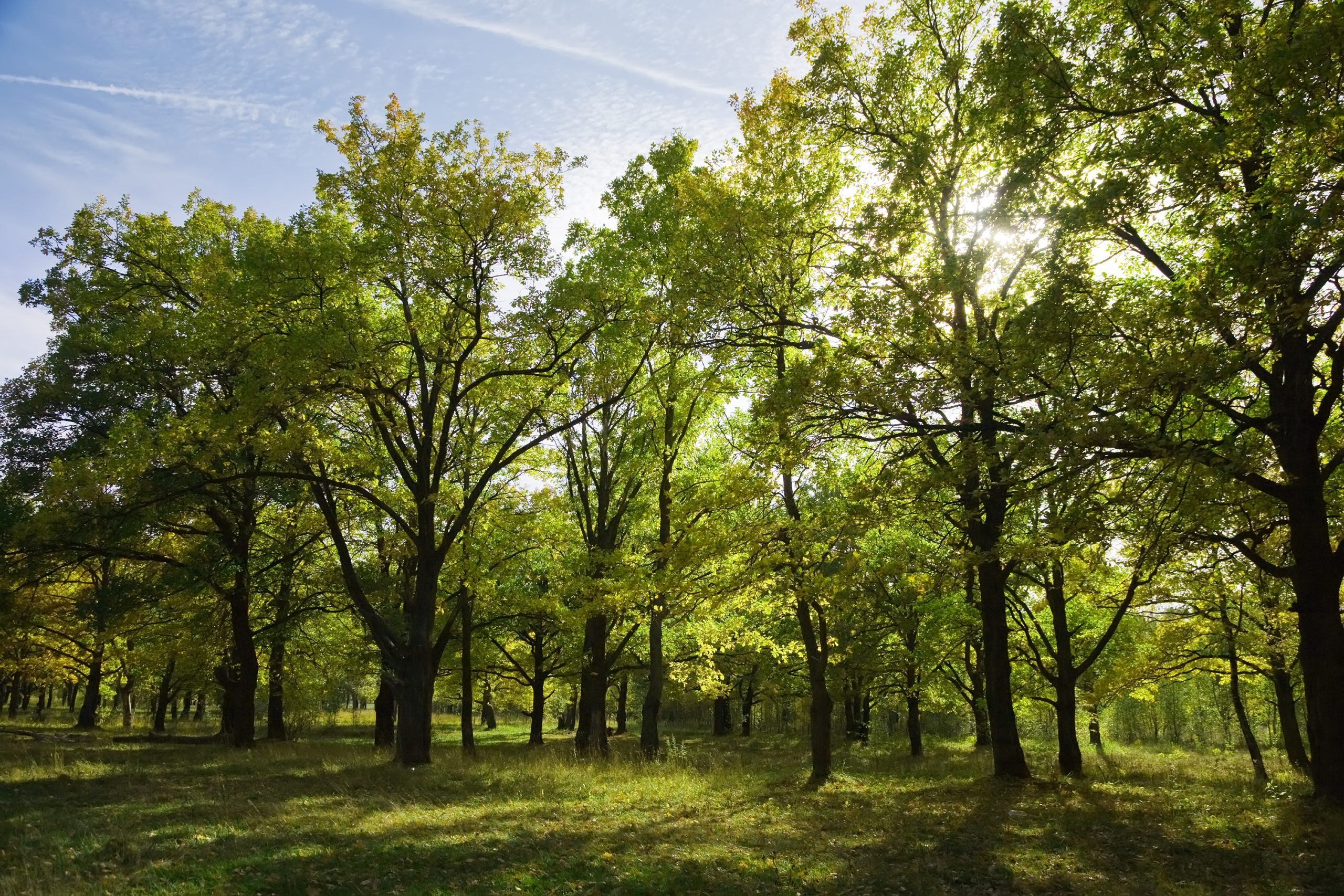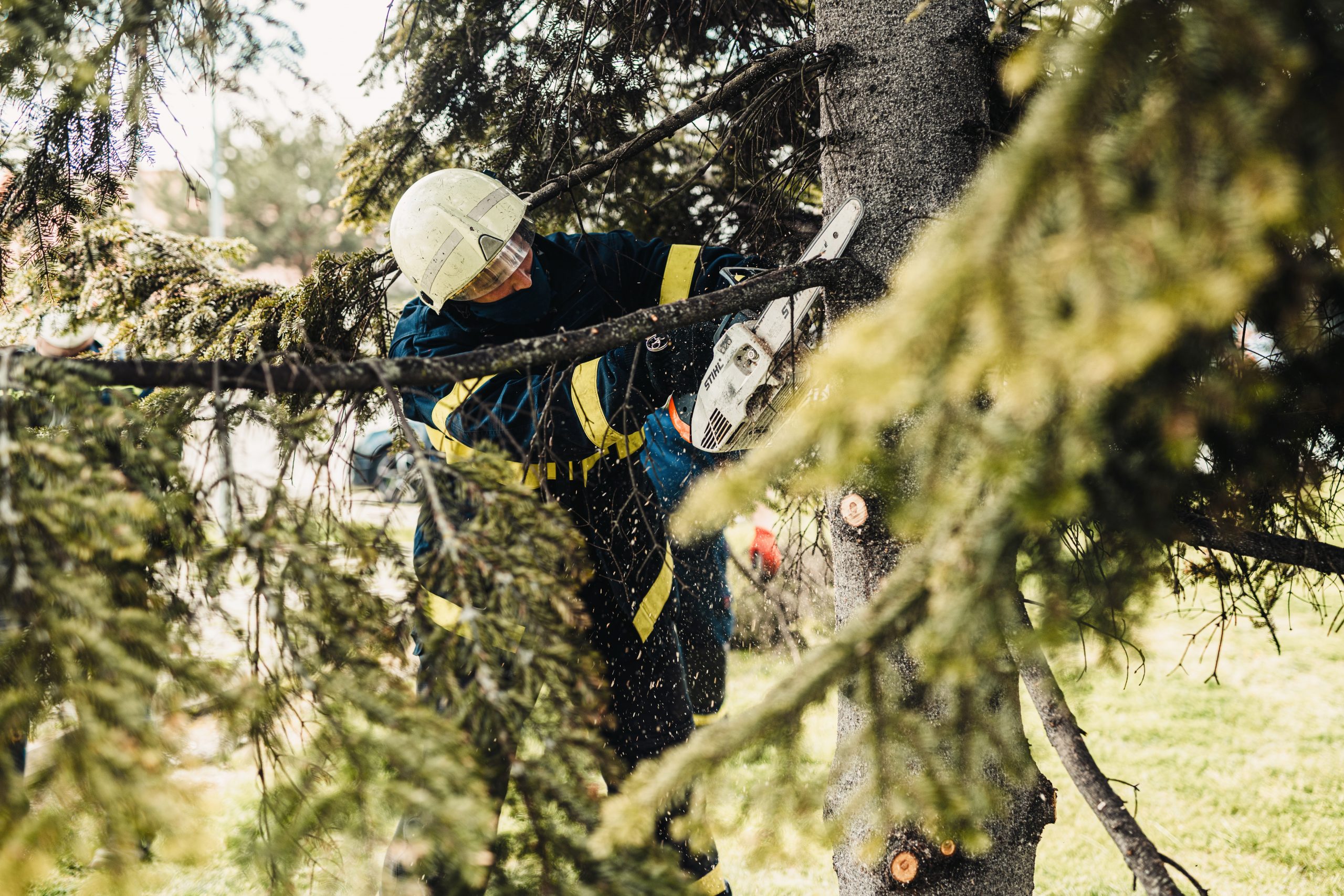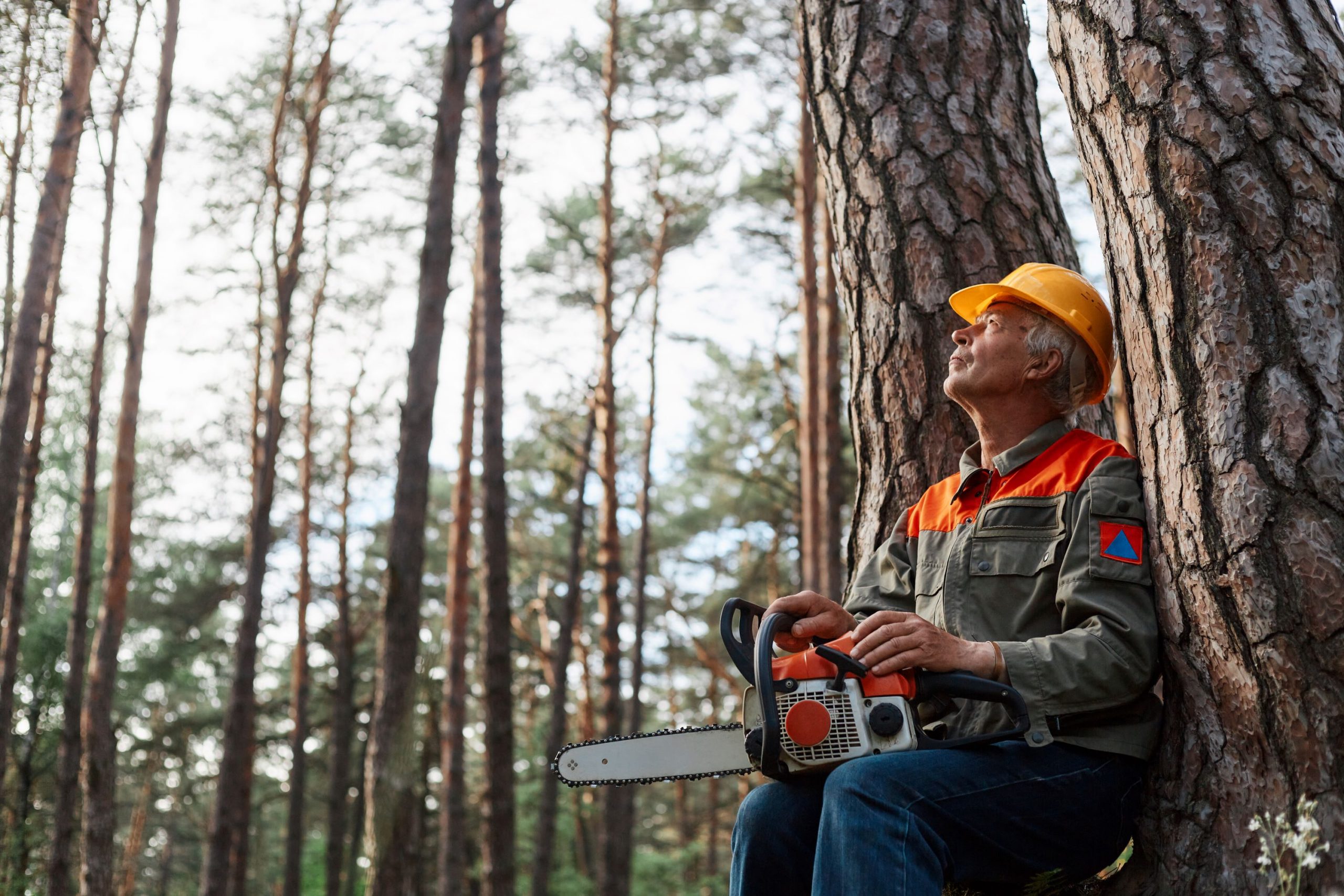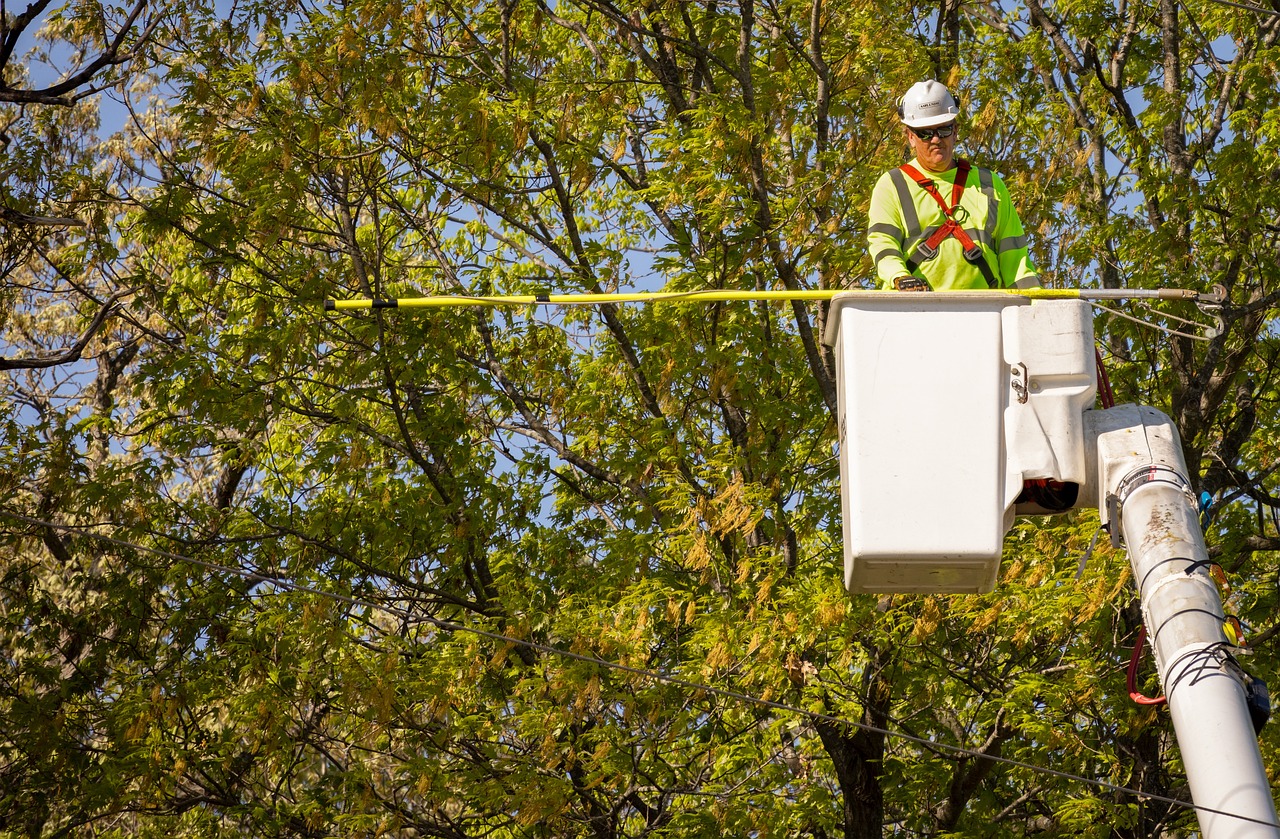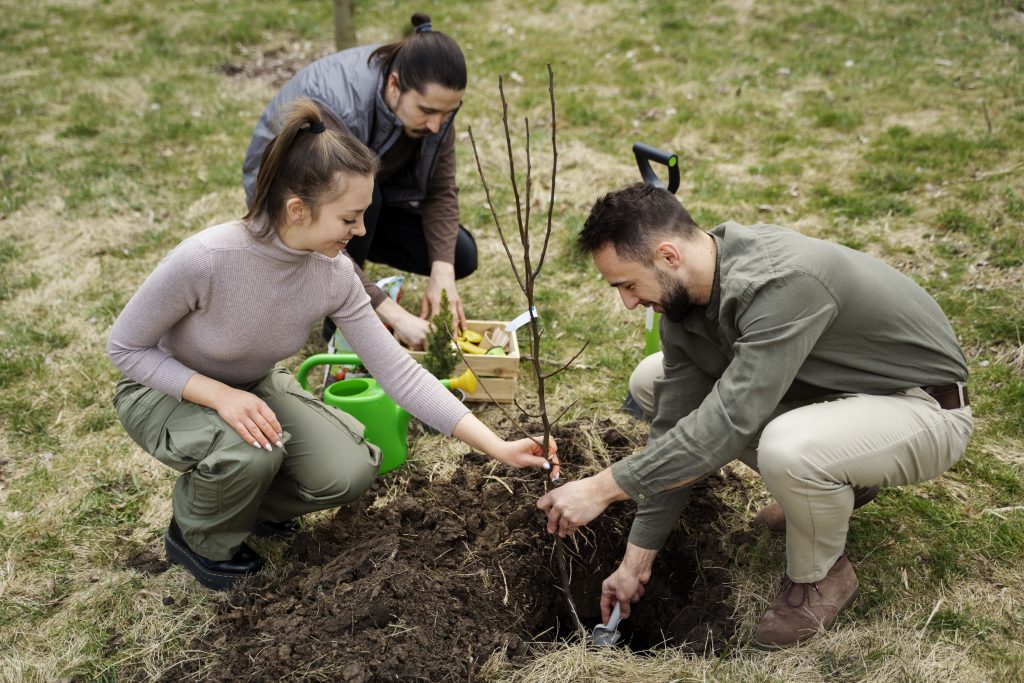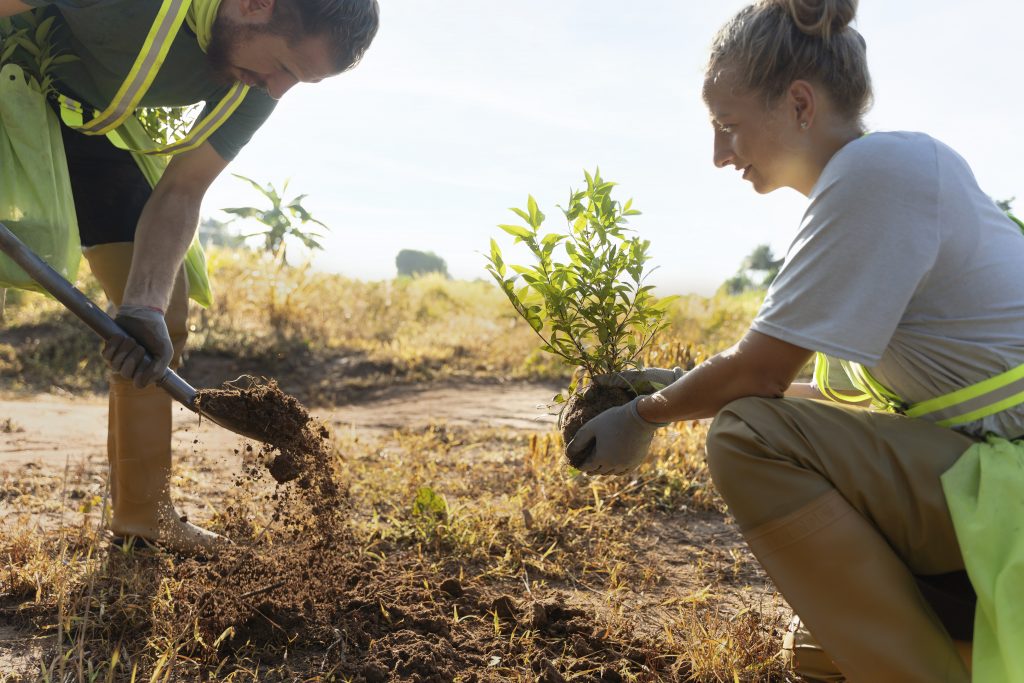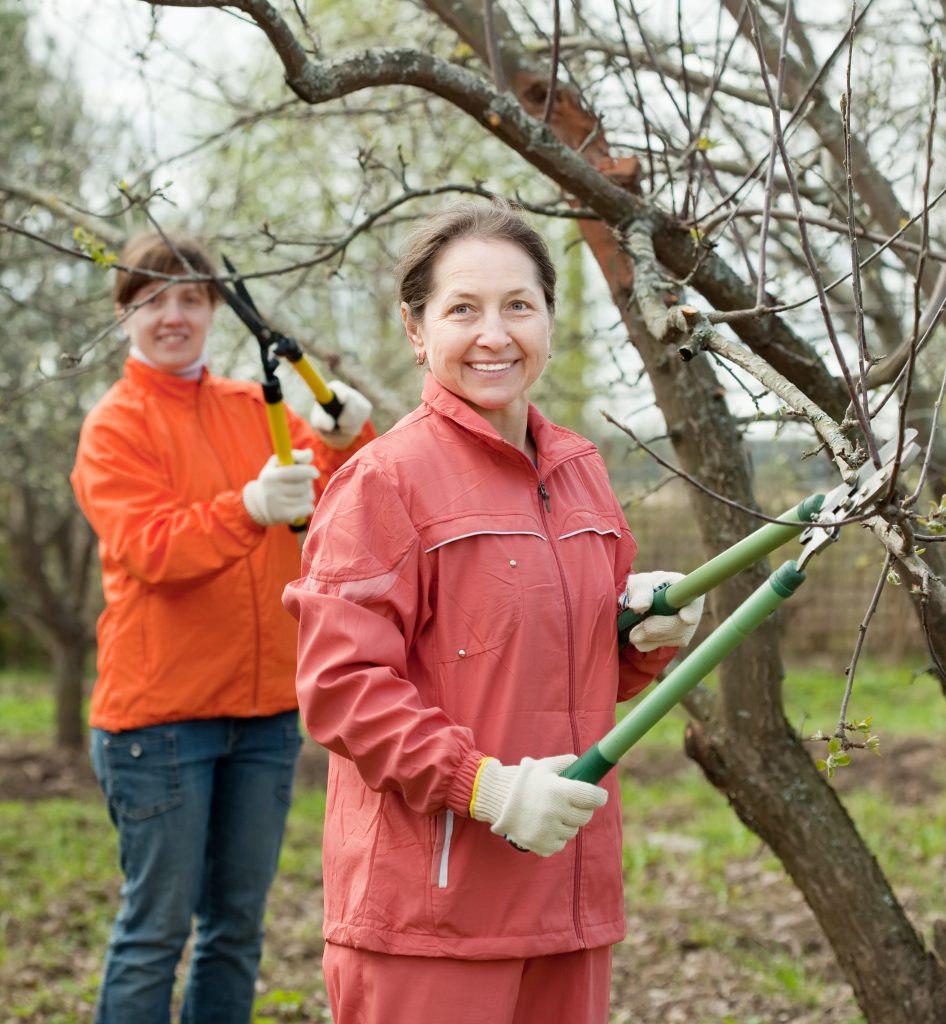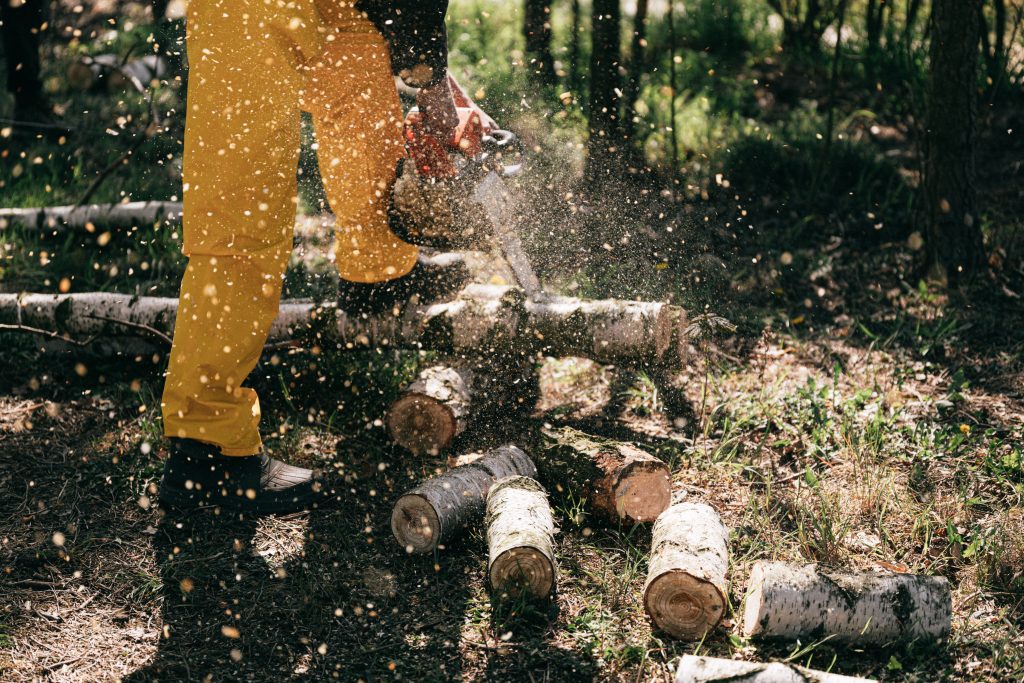What to Do With Lawn After Tree Removal
What to Do With Lawn After Tree Removal
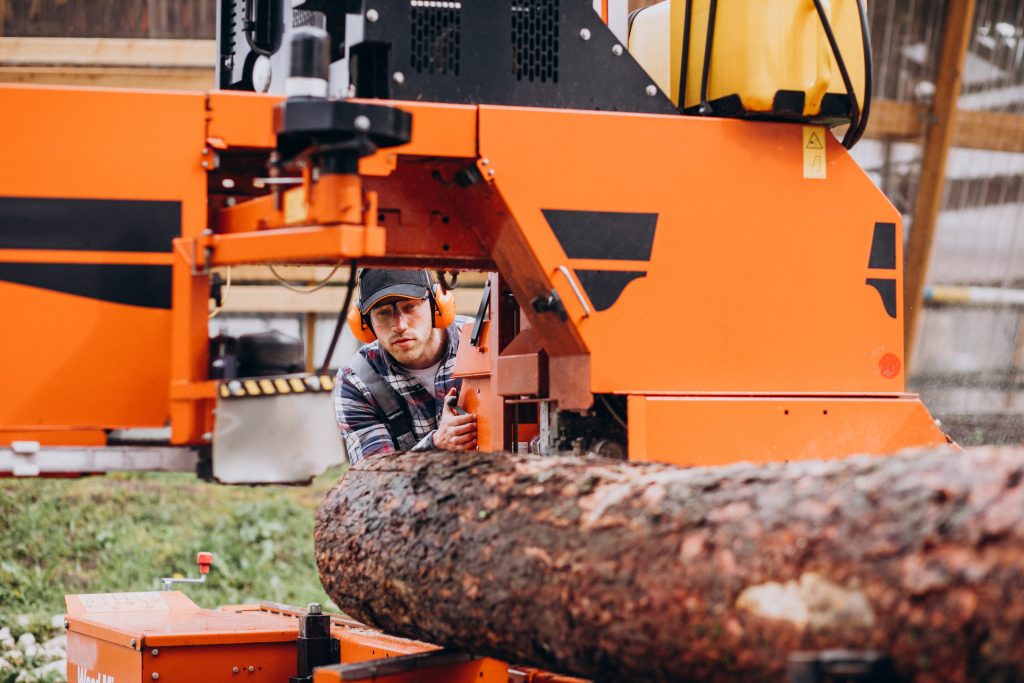
Are you wondering what to do with your lawn after removing a tree? Don’t worry, we’ve got you covered. In this article, we’ll guide you through the process of restoring your lawn to its former glory. From tips on maintaining healthy lawns to specific action steps for restoration, we’ll provide you with all the information you need to ensure your lawn looks its best. So, let’s dive in and get your lawn looking lush and green again!
Key Takeaways
- Prioritize safety and hire a certified arborist for tree removal
- Replanting is important after tree removal and soil restoration techniques should be used
- Lawn care maintenance is crucial for a healthy lawn after tree removal
- Consider tree replacement options and assess the damage caused by tree removal
Introduction to Tree Removal Process
Now that you’ve decided to remove a tree from your lawn, it’s important to understand the process involved. Tree removal is not a simple task and requires careful planning and execution. Here is what you need to know:
- Safety first: Tree removal can be dangerous, so it’s crucial to prioritize safety. Always wear protective gear such as gloves, goggles, and a hard hat. Use proper cutting techniques and secure the area to prevent any accidents or injuries.
- Hire a professional: Unless you have experience and knowledge in tree removal, it’s best to hire a certified arborist. They have the expertise and equipment to safely and efficiently remove the tree from your lawn. Plus, they can provide advice on any necessary permits or regulations.
- Consider the impact: Removing a tree can have an emotional impact on you and your surroundings. Trees are not only beautiful but also provide environmental benefits such as shade, air purification, and wildlife habitat. Before removing a tree, consider alternatives like pruning or relocating it to another area if possible.
Understanding the process involved in tree removal is essential for a successful and safe operation. Now that you have a grasp on the basics, let’s delve into the fascinating history of arboriculture and the evolution of tree removal techniques.
History of Tree Removal
In the past, people often had trees taken out of their yards. The history of tree removal dates back centuries, with various techniques and reasons behind the process. In ancient civilizations, trees were removed for practical purposes such as clearing land for agriculture or construction. However, the act of tree removal also held cultural significance. In some cultures, trees were seen as sacred or believed to house spirits, so their removal required specific rituals or ceremonies.
As time progressed, tree removal became more common for urban development and landscaping purposes. In the 19th and early 20th centuries, trees were often removed to make way for expanding cities and roads. This led to a significant loss of green spaces and natural habitats. However, as environmental awareness grew, people started recognizing the importance of trees for their ecological benefits, such as providing shade, improving air quality, and preventing soil erosion.
Today, tree removal is approached with caution and consideration for the environment. Modern techniques and equipment have made the process safer and more efficient. Arborists and tree care professionals are trained to assess the health and structural integrity of trees before removal, ensuring that only necessary trees are taken down.
Transitioning to the subsequent section about ‘tips’, it is important to note that tree removal should be a last resort. However, if you find yourself in a situation where tree removal is necessary, there are several things you can do to ensure the process is smooth and the land is properly managed afterward.
Tips
When it comes to replanting options after tree removal, there are several factors to consider. You’ll need to assess the soil conditions, determine the right type of plant or tree to replace the removed one, and ensure proper care and maintenance. Soil restoration techniques such as adding organic matter and aerating can help improve the health of the soil and promote successful replanting. Lastly, ongoing lawn care maintenance, including regular watering, fertilizing, and mowing, is crucial to keep your newly replanted area thriving.
Replanting Options
You can consider various replanting options for your lawn after removing the tree. Replanting strategies are essential for lawn renovation, as they help restore the beauty and functionality of your outdoor space. One option is to simply replant grass seeds in the bare areas. Make sure to choose a grass variety that is suitable for your climate and soil type. Another option is to install sod, which provides instant coverage and eliminates the need to wait for seeds to grow. If you want to add some diversity to your lawn, consider planting a mixture of grass, flowers, and shrubs. This can create a more visually appealing and environmentally friendly landscape. Transitioning into the subsequent section about soil restoration techniques, it is important to note that before replanting, you should focus on restoring the health of your soil.
Soil Restoration Techniques
One option for restoring soil health is to add organic matter, such as compost or manure, which can improve soil structure and fertility. Before adding any organic matter, it is important to conduct a soil test to determine the nutrient levels and pH balance. This will help you determine the right amount and type of organic fertilizer to use. Soil testing can be done by taking samples from different areas of your lawn and sending them to a lab for analysis. Once you have the results, you can choose the appropriate organic fertilizer based on the nutrient deficiencies in your soil. Organic fertilizers are derived from natural sources and provide slow-release nutrients, improving soil health over time. Transitioning into the subsequent section on lawn care maintenance, it is crucial to establish a proper fertilization schedule to maintain the health and vitality of your lawn.
Lawn Care Maintenance
Now that you’ve restored the soil after removing a tree from your lawn, it’s time to focus on the ongoing maintenance of your lawn. One important aspect of lawn care is soil testing. By testing the soil regularly, you can determine its pH level and nutrient content. This information will help you apply the right fertilizers and amendments to keep your lawn healthy and vibrant. Additionally, weed control is crucial for maintaining a lush lawn. Regularly inspect your lawn for weeds and use appropriate herbicides to eliminate them. Remember to follow the instructions on the herbicide label to ensure safe and effective weed control. By regularly testing the soil and controlling weeds, you’ll be taking important steps to keep your lawn in top condition. In the next section, we’ll discuss the traits of healthy lawns.
Traits of Healthy Lawns
Maintaining a healthy lawn requires regular watering and mowing. In addition to these essential tasks, there are several other traits that contribute to the overall health and beauty of your lawn. Firstly, proper fertilization is crucial. By providing your lawn with the right nutrients, you can promote robust growth and prevent weed invasion. Secondly, adequate aeration is essential for healthy lawns. This process involves creating small holes in the soil to improve water and oxygen penetration, which helps the roots grow deeper and stronger. Thirdly, regular dethatching is necessary to remove the buildup of dead grass and debris, allowing for better nutrient absorption. Lastly, proper weed control is essential to maintain a healthy lawn. Weeds compete with grass for nutrients and water, so it’s important to regularly remove them or use appropriate herbicides. By incorporating these traits into your lawn care routine, you can ensure that your lawn remains healthy and vibrant.
To restore your lawn after tree removal, there are several steps you can take.
Steps for Lawn Restoration
To restore your yard’s health after removing a tree, you’ll need to follow a few steps. Here’s what you should do:
- Get your soil tested: Soil testing is crucial to determine the nutrient levels and pH balance of your soil. This will help you understand what nutrients your lawn needs and how to adjust the pH if necessary. A healthy lawn starts with healthy soil.
- Remove weeds: Weeds can quickly take over your lawn and compete with new grass for nutrients and sunlight. Prioritize weed control by applying herbicides or manually removing them. This will create a clean and weed-free environment for your new grass to thrive.
- Prepare the soil: Loosen the soil with a rake or tiller to improve its structure and allow air, water, and nutrients to penetrate the root zone. Add organic matter, such as compost, to improve soil fertility and moisture retention.
- Reseed or sod: Depending on the extent of the damage, you may need to reseed or lay new sod. Choose high-quality grass seed or sod that suits your climate and soil conditions. Follow proper watering and maintenance practices to ensure successful establishment.
Goals
One goal you should aim for in your lawn restoration process is achieving a thick and healthy grass coverage. This is essential for a beautiful and vibrant lawn that enhances the overall aesthetic of your property. To achieve this goal, there are several key lawn care practices you should incorporate into your routine.
First and foremost, proper watering is crucial for promoting healthy grass growth. Ensure that your lawn receives adequate water, but be mindful not to overwater, as this can lead to shallow root systems and weak grass. Additionally, regular mowing at the correct height will help maintain a dense and healthy lawn. Be sure to follow the 1/3 rule, which states that you should only remove one-third of the grass blade during each mowing session.
Fertilizing is another important aspect of lawn care. By providing your grass with the essential nutrients it needs, you can promote healthy growth and help it withstand environmental stressors. Use a high-quality lawn fertilizer that is specifically formulated for your grass type and follow the recommended application rates.
Lastly, it is crucial to address any bare spots or thin areas in your lawn. One effective way to do this is by overseeding. Overseeding involves spreading grass seed over existing grass to fill in these areas and promote thicker grass coverage. Be sure to choose a grass seed that is compatible with your existing lawn and follow the recommended seeding rates.
By incorporating these lawn care practices into your routine, you can achieve the goal of a thick and healthy grass coverage in your lawn. These practices will help your grass thrive and create a lush and inviting landscape.
When it comes to tree replacement, it is important to consider the impact of the new tree on your lawn. Choose a tree species that is compatible with your lawn’s growing conditions and provides a suitable amount of shade. Additionally, consider the tree’s root system and how it may affect the surrounding lawn. Proper tree care, including regular pruning and watering, is essential for maintaining a healthy tree and preserving the integrity of your lawn. Now, let’s explore some habits for lawn restoration that will further enhance the health and beauty of your lawn.
Habits for Lawn Restoration
Now that you understand the goals of lawn restoration after tree removal, let’s dive into some important habits that will help you achieve a healthy and beautiful lawn. One crucial step is to conduct soil testing. By analyzing your soil, you can determine its pH level, nutrient content, and overall health. This information will guide you in choosing the right fertilizers and amendments to improve the soil quality and support healthy grass growth.
Another essential habit is weed control. With the removal of a tree, you may notice an increase in weed growth, as the tree’s shade is no longer suppressing them. Regularly inspect your lawn for weeds and take appropriate action to prevent their spread. This can include manual removal, using herbicides, or employing natural weed control methods like mulching or mowing at the correct height.
A Real-Life Story
By analyzing your soil, you’ll be able to determine its pH level, nutrient content, and overall health, which can guide you in choosing the right fertilizers and amendments to improve the soil quality and support healthy grass growth. When faced with lawn restoration challenges, it’s important to learn from real-life stories to gain valuable insights. One homeowner, let’s call him John, had recently removed a large tree from his backyard and was left with a patchy and unhealthy lawn. He decided to take matters into his own hands and embarked on a journey of lawn restoration. John started by testing his soil and discovered that it was lacking in certain nutrients. Armed with this knowledge, he chose a fertilizer specifically formulated to address those deficiencies. He also learned the importance of proper watering techniques and adjusting the mowing height to promote healthy grass growth. Through trial and error, John was able to restore his lawn to its former lush and green state. His experience taught him valuable lessons about the importance of soil analysis, choosing the right products, and implementing proper lawn care practices. Now, let’s delve into some quotes from experts in the field to further enhance your understanding of lawn restoration.
Quotes
If you’re looking for expert advice on lawn restoration, you’ll find valuable insights in these quotes from industry professionals. When it comes to restoring your lawn after tree removal, it’s important to take the right steps to ensure success. According to Bob Smith, a renowned landscaper, “One key secret is to remove any remaining tree roots and debris from the area before starting the restoration process. This will help create a clean slate for your new lawn to thrive.” Another expert tip comes from Jane Johnson, a horticulturist, who advises, “After removing the tree, it’s crucial to aerate the soil to improve its overall health and drainage. This will provide a solid foundation for your new grass to grow.” Additionally, Mike Davis, a turf specialist, suggests, “Choosing the right type of grass for your specific climate and soil conditions is vital. Consult with a local nursery or lawn care professional to determine the best grass variety for your area.” By following these expert insights and secrets, you’ll be well on your way to a beautiful and thriving lawn. Now, let’s delve deeper into these secrets for successful lawn restoration.
Secrets
Following the advice of industry professionals, it’s crucial to remove any remaining roots and debris before starting the process of restoring your lawn after a tree has been removed. This step is often overlooked, but it is essential for ensuring the success of your lawn restoration project. By removing any leftover roots and debris, you create a clean slate for new grass to grow.
Now, let’s reveal some secrets and hidden techniques for achieving a beautiful and healthy lawn after tree removal. Firstly, consider aerating the soil. This process involves creating small holes in the ground to allow air, water, and nutrients to penetrate deep into the soil, promoting healthy root growth. Secondly, apply a layer of topsoil to improve the quality of the soil and provide a fertile environment for grass seeds to germinate. Additionally, don’t forget to choose the right type of grass seed for your specific climate and soil conditions. This will ensure that your lawn thrives and remains resilient throughout the seasons.
Insights on Lawn Restoration
Now, let me share with you some valuable insights on how to restore your lawn to its former glory. After the recovery process of tree removal, your lawn may be left damaged and in need of some care. To ensure the best results, there are a few best practices you should follow.
Firstly, it is crucial to assess the extent of the damage caused by the tree removal. Look for any bare spots, compacted soil, or debris that needs to be cleared. Once you have a clear understanding of the damage, you can begin the restoration process.
One of the best practices for lawn restoration is to aerate the soil. This helps to loosen compacted soil, allowing for better water and nutrient absorption. You can use a manual or mechanical aerator to achieve this. After aerating, it is a good idea to overseed the damaged areas with grass seed. This will help fill in any bare spots and promote new growth.
In addition to aerating and overseeding, it is important to provide your lawn with proper irrigation and fertilization. Water your lawn regularly, especially during dry periods, and use a balanced fertilizer to promote healthy growth.
Benefits of Lawn Restoration
To fully appreciate the benefits of restoring your lawn, you’ll be amazed at how it can improve the overall appearance of your outdoor space. Restoring your lawn is of utmost importance as it not only enhances the beauty of your yard but also brings several other advantages. One of the key benefits is the improved air quality. A healthy lawn acts as a natural air purifier by absorbing carbon dioxide and releasing oxygen. It also helps in reducing noise pollution by absorbing sound waves. Another advantage is the prevention of soil erosion. A well-maintained lawn with proper grass coverage acts as a natural barrier, preventing soil from eroding during heavy rain or wind. Additionally, a restored lawn provides a safe and comfortable space for outdoor activities such as playing, relaxing, and entertaining. It also enhances the value of your property, making it more appealing to potential buyers. So, restoring your lawn not only improves the aesthetic appeal but also provides numerous benefits that contribute to a healthier and more enjoyable outdoor space.
Transitioning to the subsequent section about ‘lessons,’ it is important to understand the key steps involved in the process.
Lessons
When it comes to restoring your lawn after tree removal, there are several key points to consider. Firstly, soil restoration methods are essential to replenish the nutrients and promote healthy growth of your grass. Secondly, grass regrowth techniques such as overseeding and aeration can help rejuvenate your lawn and fill in any bare patches. Lastly, exploring alternative landscaping options like xeriscaping or incorporating native plants can not only enhance the aesthetic appeal of your yard but also reduce water consumption and maintenance requirements. By focusing on these aspects, you can ensure a successful lawn restoration project.
Soil Restoration Methods
One effective way to restore the soil after tree removal is by implementing a process called soil amendment. Before starting this process, it is important to conduct a soil test to determine its nutrient levels. This will help you identify any deficiencies or imbalances that may hinder grass regrowth. Once the test results are obtained, nutrient supplementation can be done by adding organic matter such as compost or well-rotted manure to the soil. This will improve its fertility and provide essential nutrients for the grass to thrive. Additionally, adding lime or sulfur can help adjust the pH level of the soil, creating optimal conditions for grass growth. By properly amending the soil, you can create a healthy and nutrient-rich environment for successful grass regrowth techniques.
Grass Regrowth Techniques
Now that you have restored the soil, it’s time to focus on regrowing your grass. One effective technique for grass regrowth is overseeding. This involves spreading grass seeds over your existing lawn to fill in any bare patches and promote healthy, lush growth. Before overseeding, make sure to mow your lawn short and remove any debris. Then, spread the grass seeds evenly across the entire lawn, using a seed spreader for better distribution. Afterward, lightly rake the seeds into the soil or use a roller to ensure good seed-to-soil contact. Water the newly overseeded areas regularly to keep the soil moist, promoting germination. Additionally, consider lawn renovation techniques such as aerating, dethatching, and fertilizing to further improve the health and appearance of your lawn.
As you explore alternative landscaping options, you may find that there are various choices available to enhance the beauty and functionality of your outdoor space.
Alternative Landscaping Options
As you consider alternative landscaping options, you’ll discover a wide range of choices to enhance your outdoor space’s beauty and functionality. When it comes to alternative landscaping designs, there are numerous options to explore. One popular choice is to replace traditional grass lawns with sustainable alternatives. Sustainable lawn options include native grasses, groundcovers, and ornamental plants that require less water and maintenance. These alternatives not only reduce your water consumption but also provide habitat for local wildlife and add visual interest to your yard. Additionally, you can incorporate hardscaping elements such as gravel paths, stone patios, or wooden decks to create distinct areas for relaxing or entertaining. By embracing these alternative landscaping options, you can transform your outdoor space into a sustainable and visually appealing retreat. Now, let’s delve into some routines {yt} that will help you maintain your new landscape.
Routines
If you’re unsure about what to do with your lawn after tree removal, establishing new routines for maintenance can help keep it looking healthy and vibrant. Restoring your lawn after tree removal requires consistent effort and attention to detail. By developing good habits and routines, you can ensure the long-term health of your lawn.
First, it’s important to establish a regular watering schedule. Your lawn needs an adequate amount of water to thrive, especially after the removal of a tree that may have provided shade and moisture. Water deeply and infrequently to encourage deep root growth and avoid shallow rooting. Be sure to water early in the morning or late in the evening to minimize evaporation.
Next, mowing your lawn regularly is crucial. Set your mower to the appropriate height for your grass type and never remove more than one-third of the blade at a time. This will promote healthy growth and prevent scalping. Additionally, remember to keep your mower blades sharp to achieve clean cuts and avoid damaging the grass.
Lastly, maintaining proper nutrition is essential for lawn restoration. Consider fertilizing your lawn with a high-quality, slow-release fertilizer to provide the necessary nutrients for growth. Follow the instructions on the package for application rates and timing.
Pros and Cons
Establishing new routines for lawn maintenance has its pros and cons, so it’s important to carefully consider the options available. One of the first things you should consider is conducting a soil test. This will help you understand the nutrient levels and pH of your soil, allowing you to make informed decisions about fertilization and amendment. It’s also worth exploring alternative ground covers that may require less maintenance and water. For example, you could consider planting clover or creeping thyme, both of which are drought-tolerant and have the added benefit of attracting pollinators. Another option is to create a naturalistic meadow using a mix of native grasses and wildflowers. This can reduce the need for mowing and create a beautiful, low-maintenance landscape. However, it’s important to note that alternative ground covers may have their own drawbacks. They may not withstand heavy foot traffic as well as traditional lawns, and they may require more initial effort to establish.
Transitioning into the next section about dos and don’ts, it’s important to consider these factors when deciding on the best approach for your lawn.
Dos and Dont’s
When it comes to maintaining your lawn, it’s important to follow these dos and don’ts to ensure healthy and thriving grass. Below is a table highlighting some key actions to take and avoid when it comes to lawn care:
| Do’s | Don’ts |
|---|---|
| Regularly mow | Overwater |
| Aerate | Cut too short |
| Fertilize | Neglect weeds |
| Water deeply | Overuse chemicals |
| Remove thatch | Ignore soil pH |
By following these do’s and don’ts, you can avoid common mistakes that may hinder the health of your lawn. Regularly mowing your lawn helps to promote growth and keep it looking neat. Aeration allows oxygen, water, and nutrients to penetrate the soil, promoting root development. Fertilizing provides essential nutrients, while watering deeply encourages deep root growth. Removing thatch, the layer of dead grass and debris, helps to prevent disease and allows nutrients to reach the soil.
Now that you know the do’s and don’ts of lawn care, it’s important to understand the mistakes to avoid. By avoiding these mistakes, you can ensure proper lawn maintenance and achieve a lush, green yard.
Mistakes to Avoid
To avoid hindering the health of your lawn, it is important to be aware of some common mistakes and practice the best techniques. One common mistake is neglecting to regularly mow your lawn. Letting the grass grow too long can lead to a weakened root system and an unkempt appearance. Aim to mow your lawn at least once a week during the growing season, adjusting the frequency depending on the grass type and weather conditions. Another mistake to avoid is overwatering. While it may seem like a good idea to give your lawn plenty of water, excessive watering can actually harm the grass by promoting shallow root growth and inviting diseases. Instead, water deeply and infrequently, allowing the soil to dry out between waterings. Additionally, be cautious of using too much fertilizer. Over-fertilization can result in excessive growth and can harm the environment. Follow the recommended application rates and schedule to ensure the optimal health of your lawn. By avoiding these common mistakes and following these best practices, you can maintain a healthy and vibrant lawn.
Now that you are aware of the common mistakes to avoid, let’s move on to the key takeaways for caring for your lawn after tree removal.
Key Takeaways
Now that you’re aware of the key takeaways, it’s important to remember that regular maintenance and proper watering are essential for the overall health of your lawn. When it comes to lawn restoration techniques, there are a few important things to keep in mind. First, you should always start by removing any debris from the area, such as rocks, sticks, or dead plants. This will help create a clean and even surface for your new grass to grow. Next, you’ll want to aerate the soil to improve drainage and allow air and nutrients to reach the roots. This can be done using a fork or a specialized aerator tool. Once the soil is prepared, it’s time to reseed or lay new sod, depending on the extent of the damage. Make sure to choose a grass variety that is well-suited to your climate and soil conditions. Finally, don’t forget to water your lawn regularly, especially during the establishment phase. This will help the grass take root and grow strong. With these key takeaways in mind, let’s now dive into specific action steps for lawn restoration.
Specific Action Steps for Lawn Restoration
When it comes to restoring your lawn, there are three key steps you need to take: soil preparation techniques, choosing the right grass seed, and proper watering and maintenance. First, you’ll want to make sure your soil is properly prepared by removing any debris and weeds, tilling the soil, and adding necessary amendments like compost or fertilizer. Next, selecting the right grass seed is crucial for a healthy and vibrant lawn, taking into consideration factors like your climate, sun exposure, and foot traffic. Finally, watering and maintenance play a vital role in the growth and health of your lawn, so be sure to water consistently and evenly, mow regularly at the correct height, and keep an eye out for any signs of pests or diseases.
Soil Preparation Techniques
Properly preparing the soil is key for successful lawn regrowth after tree removal. Before you begin restoring your lawn, it is important to test the soil to determine its composition and nutrient levels. A soil test will provide valuable information about the pH level, organic matter content, and nutrient deficiencies. Based on the results, you can then proceed with nutrient enrichment. Adding organic matter, such as compost or well-rotted manure, will improve soil structure and fertility. You may also need to apply specific fertilizers to address any nutrient deficiencies. Once you have prepared the soil, you can move on to choosing the right grass seed for your lawn restoration. By understanding the condition of your soil, you can select the appropriate grass seed that will thrive in those specific conditions.
Choosing Grass Seed
It’s important to choose the right grass seed for your lawn restoration based on the condition of your soil. Grass seed selection is a crucial step in the lawn renovation process. Before you start, assess the soil type, pH level, and sunlight exposure in your yard. Different grass species thrive in different conditions, so it’s essential to choose a seed that matches your soil’s characteristics. For example, if you have sandy soil, opt for a grass seed that is drought-tolerant and can withstand poor drainage. On the other hand, if your soil is clay-based, look for a grass seed that has good water retention properties. By selecting the right grass seed, you can ensure a successful lawn restoration project. Now let’s move on to the next important aspect of lawn renovation – watering and maintenance.
Watering and Maintenance
Maintaining a healthy lawn requires regular watering and proper maintenance. When it comes to watering techniques, it’s important to water deeply and infrequently. This encourages deep root growth, making your lawn more resilient to drought. Watering in the early morning or late evening is ideal, as it allows the grass to absorb the moisture before the sun evaporates it. As for maintenance, create a schedule that includes mowing, fertilizing, and aerating. Mow the grass to a height of about 2-3 inches, as this helps shade the soil and prevent weed growth. Fertilize according to the needs of your specific grass type, and aerate the soil once a year to improve water and nutrient absorption. Following a regular maintenance schedule will keep your lawn healthy and lush throughout the year.
Frequently Asked Questions
How Much Does Tree Removal Typically Cost?
Tree removal costs can vary depending on several factors such as tree size, location, and complexity of the job. On average, prices range from $150 to $1,500, but it’s best to get a quote from a professional for an accurate estimate.
Can I Plant a New Tree in the Same Spot After Tree Removal?
You can plant a new tree in the same spot after tree removal. However, it’s important to consider planting alternative species to avoid potential issues and allow the lawn to recover.
What Are the Potential Dangers of Removing a Tree Yourself?
Potential hazards of removing a tree yourself include injury from falling branches or equipment accidents. To ensure safety, take precautions like wearing protective gear, using proper tools, and seeking professional guidance if necessary.
Are There Any Alternatives to Lawn Restoration After Tree Removal?
You can explore alternative landscaping options for a low maintenance yard after tree removal. Consider replacing the lawn with native plants, creating a rock garden, or installing a patio or deck for a more functional outdoor space.
How Long Does It Take for a Lawn to Fully Recover After Tree Removal?
After tree removal, your lawn can take anywhere from several months to a year to fully recover. The cost of lawn restoration depends on factors like size and condition. However, tree removal can benefit lawn health by allowing more sunlight and nutrients to reach the grass.
If you need a tree service in Utah, you can call:
Truco Services, Inc.
4640 Commerce Drive
Murray, Utah 84107
(801) 466-8044
https://truetreeservices.com/
